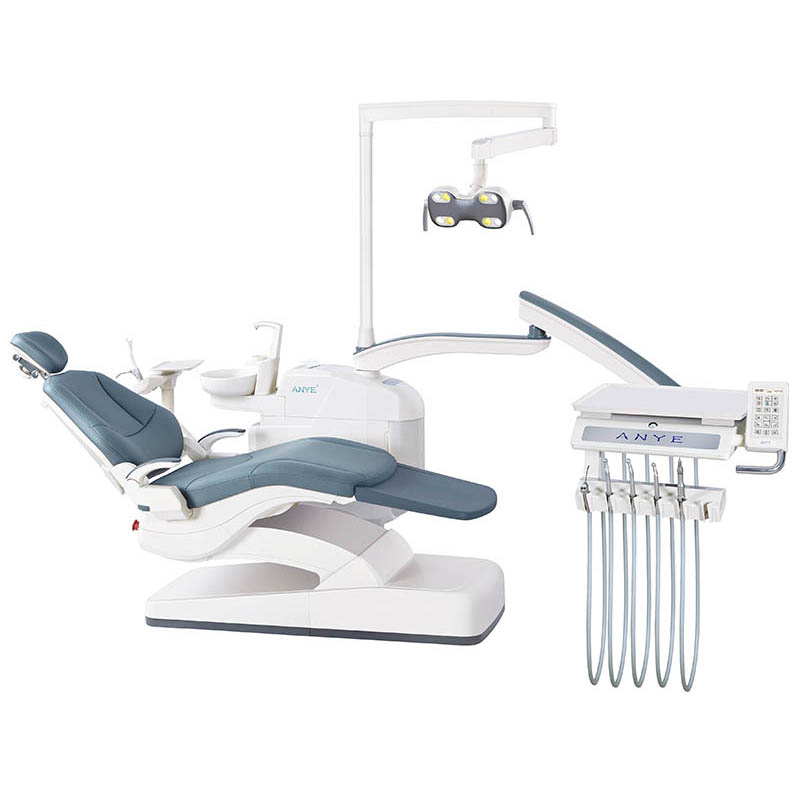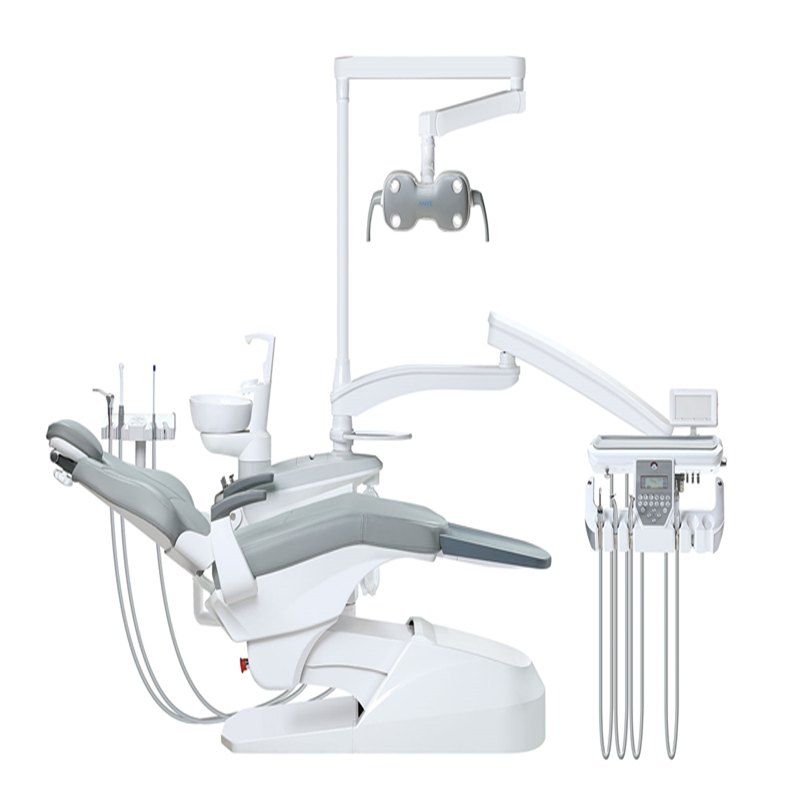How Do Dental Chairs Accommodate Patients Of Different Sizes?
Dental chairs are essential components of any dental practice, serving as the primary seating for patients during a variety of procedures. Given the diversity of patient sizes and needs, dental chairs must be designed with adaptability and comfort in mind. This article explores how dental chairs accommodate patients of different sizes, focusing on adjustable features, ergonomic design, specialized options for larger patients, and the importance of accessibility.
The Importance of Adjustable Features
Height Adjustability
One of the primary features that enable dental chairs to accommodate patients of various sizes is height adjustability. Most modern dental chairs can be elevated or lowered to ensure that patients can easily enter and exit the chair.
Mechanisms of Height Adjustment: The height adjustment is typically achieved through hydraulic or electric systems that allow for smooth and precise changes. This is particularly beneficial for patients with mobility issues, as it allows them to access the chair without excessive strain or assistance.
Impact on Dental Procedures: Proper height adjustment also ensures that the dental professional can work at an optimal height, reducing the risk of back strain and improving the quality of care provided.
Backrest and Seat Angle Adjustments
In addition to height, the ability to adjust the backrest and seat angle is vital for patient comfort. Many dental chairs offer a reclining feature that allows the backrest to be positioned at various angles.
Benefits of Reclining: This feature is especially important during lengthy procedures, as it helps to reduce discomfort and fatigue for patients. The adjustable seat angle can also aid in providing optimal positioning for different types of dental work, enhancing both patient comfort and procedural efficiency.
Patient-Specific Adjustments: For example, patients undergoing oral surgery may require a more reclined position, while those receiving routine cleanings may prefer a more upright posture.
Armrests and Headrests
Adjustable armrests and headrests are critical components that contribute to the overall comfort of dental chairs.
Armrests: Armrests can swing out or be repositioned to facilitate easier access for patients, especially those with limited mobility. They can also provide support during procedures, helping patients feel more secure.
Headrests: Headrests can be adjusted to provide support for patients of different heights. Some chairs come with curved headrests that can be rotated to suit the natural curvature of the neck, boosting comfort during treatment.
Ergonomic Design for Patient Comfort
Soft Upholstery and Pressure Relief
The materials used in dental chairs play a significant role in patient comfort. High-quality upholstery that is soft yet durable can enhance the patient experience.
Material Options: Common materials include vinyl, leather, and high-density foam. Each material offers different levels of comfort, durability, and ease of cleaning.
Pressure Relief Technology: Additionally, pressure-relief cushions can help prevent discomfort during longer procedures by distributing weight evenly and reducing pressure points. This is particularly important for patients who may have existing conditions that make prolonged sitting uncomfortable.
Contoured Designs
Many dental chairs feature contoured designs that support the natural curves of the body.
Ergonomic Principles: This ergonomic approach not only improves comfort but also helps maintain proper posture during treatment. A well-designed chair can reduce strain on both the patient and the dental professional, leading to more effective care.
Customization: Some dental chairs allow for further customization of the seat and backrest contours, providing additional support where needed.
Specialized Options for Larger Patients
Bariatric Dental Chairs
For practices that serve a diverse clientele, including larger patients, bariatric dental chairs are essential.
Design Features: These chairs are specifically designed to support higher weight capacities. They feature wider seating areas, reinforced frames, and enhanced stability to ensure safety and comfort during dental procedures.
Patient Dignity: The design of bariatric chairs not only focuses on functionality but also on maintaining patient dignity. The broader seat and supportive design make larger patients feel more comfortable and less self-conscious throughout their visit.
Customizable Features
Bariatric chairs often come with customizable features such as adjustable seat depth and width, multiple headrest options, and various leg rest configurations.
Tailored Adjustments: These modifications enable dental clinics to customize the chair to fit the unique needs of each patient, ensuring that everyone receives proper care without sacrificing comfort or safety.
Increased Accessibility: The ability to customize the chair's features also enhances accessibility for patients with different body types, ensuring that all patients can receive the care they need.
Accessibility Considerations
Low Entry Height
Accessibility is a critical factor in dental chair design. Many modern chairs are designed with a low entry height, making it easier for patients with limited mobility to get in and out of the chair.
Safety Features: This feature is particularly beneficial for elderly patients or those with disabilities, as it reduces the risk of falls and enhances the overall patient experience. Some chairs also include non-slip surfaces to further improve safety.
Easy-to-Use Controls
Dental chairs equipped with easy-to-use controls allow dental professionals to make quick adjustments as needed.
Intuitive Design: This functionality is especially important when working with patients who may require frequent repositioning during procedures. Intuitive controls can streamline the workflow in a dental practice, improving efficiency and patient satisfaction.
Remote Control Options: Many modern chairs also offer remote control options, allowing dental assistants to make adjustments without leaving the patient's side, further enhancing the patient experience.
The Role of Technology in Dental Chair Design
Integration with Digital Systems
Modern dental chairs are increasingly being integrated with digital systems that enhance both patient comfort and the efficiency of dental practices.
Digital Imaging: Some chairs come equipped with built-in screens that allow patients to view digital images of their dental health, helping to alleviate anxiety and improve understanding of treatment plans.
Smart Technology: Advanced features such as memory settings allow dental professionals to save preferred chair positions for different patients, making the transition between treatments smoother and more efficient.
Telehealth Capabilities
With the rise of telehealth, some dental chairs are being designed to accommodate remote consultations.
Camera Integration: Chairs equipped with integrated cameras and microphones can facilitate virtual consultations, allowing dental professionals to assess patients'needs without requiring them to visit the office physically.
Patient Monitoring: Some modern chairs can also monitor patients' vital signs throughout procedures, delivering real-time data to dentists and improving patient safety.
Conclusion
The design of dental chairs plays a crucial role in accommodating patients of different sizes and needs. By incorporating adjustable features, ergonomic designs, specialized options for larger patients, and accessibility considerations, dental practices can ensure that every patient receives comfortable and effective care.
Besides, investing in high-quality dental chairs such as ANYE dental chairs not only enhances the patient experience but also contributes to the overall efficiency of the dental practice, making it a vital consideration for any dental professional.




Leave a comment